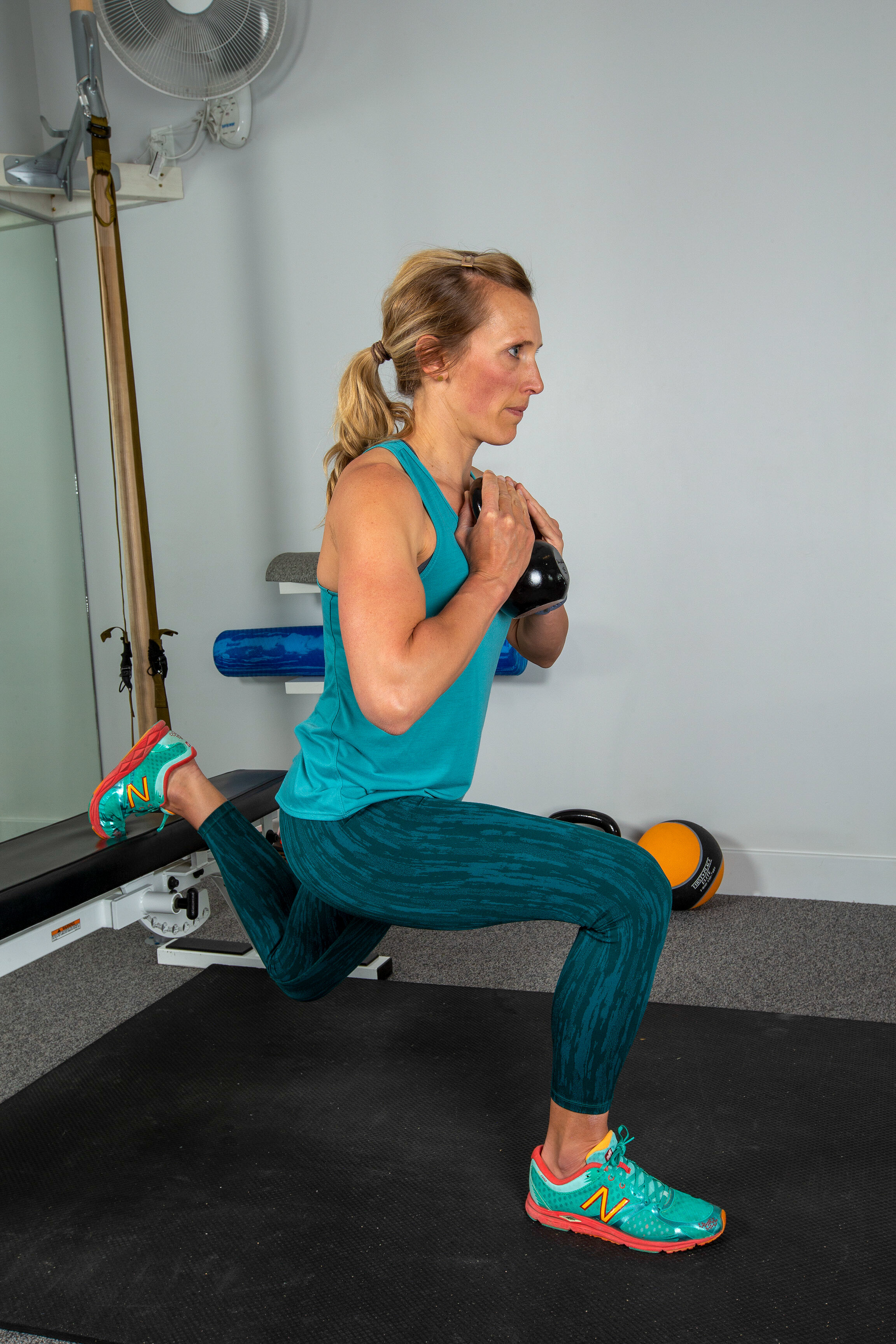Understanding Patellar Tendinopathy (Jumper’s Knee)
Patellar tendinopathy, commonly known as jumper’s knee, is one of the most prevalent chronic knee injuries, especially among athletes who engage in jumping activities. Up to half of all jumping athletes experience this condition. In the past, patellar tendinopathy was often referred to as tendinitis, but more recent research suggests that it is not caused by inflammation. Instead, an imbalance in loading—where activity exceeds recovery—combined with lower body weakness, results in tendon cell breakdown, leading to tendinopathy.
The best treatments for this condition typically include modifying activity to match the injured tendon’s tissue tolerance, along with a progressive strengthening exercise program. Research has shown that this approach helps remodel the tendon and facilitates a safe return to athletic activity.
A Randomized Controlled Trial on Exercise for Knee Tendon Pain
A recent randomized controlled trial published in the British Journal of Sports Medicine (2020) examined the most effective physical therapy exercise program for individuals with chronic patellar tendon pain (more than 2 years). Researchers randomly assigned athletes with chronic knee tendon pain to one of two exercise programs: an eccentric training program or a progressive strengthening program.
The eccentric training group performed painful exercises (rated <5/10 on the pain scale) twice a day for 12 weeks. These exercises included the decline single-leg squat with body weight, progressing to holding weights or using a loaded backpack. Participants performed the concentric phase with the non-involved leg and the eccentric phase with the involved leg.
Meanwhile, the progressive tendon strengthening group followed a 4-stage program designed to keep pain levels below 3/10. This approach focused on gradually loading the tendon to promote healing and strength development.
Best Treatments for Knee Tendon Pain in Boulder and Lafayette
If you’re suffering from knee tendon pain in Boulder or Lafayette, physical therapy is an essential part of your recovery. At Mend Colorado, our team of expert physical therapists can guide you through evidence-based treatments for knee pain, helping to reduce pain and promote healing. Our specialized programs target the root causes of tendon pain, such as weakness and improper loading, while improving strength and mobility.
We emphasize progressive strengthening exercises, along with activity modification and personalized care to help you regain strength and return to sport. With a tailored approach that takes into account your injury and goals, we help patients recover faster with fewer visits.
The Key Phases of a Progressive Strengthening Program for Knee Tendon Pain
Below is a breakdown of the 4 stages from the randomized controlled trial that showed significant results in reducing pain and helping athletes return to their sports. These stages have been adapted for a more general audience and can be used as a framework for developing an individualized treatment plan with your physical therapist:
Stage 1
Daily isometric exercises (e.g., single-leg press or knee extension at 60 degrees) for 5 x 45 seconds at 70% maximum voluntary isometric contraction (MVIC).
Stage 2
Continue isometric exercises on Day 1, followed by isotonic exercises on Day 2. Exercises include knee flexion from 0-90 degrees, progressing in load and intensity. Progression from 4 sets of 15 reps to 4 sets of 8 reps.
Stage 3
Plyometric exercises introduced on Day 3, such as running, jump squats, and box jumps. These are initially done with both legs, progressing to 5 sets of 5 with one leg. Continue strength training on Days 1 and 2.
Stage 4
Return to sport-specific training, with continued strength training twice a week.
Each group also performed a similar routine of lower body flexibility and glute strengthening exercises to complement the strengthening protocols.
Why Physical Therapy Is Essential for Knee Tendon Pain in Boulder and Lafayette
Physical therapy is a proven, non-surgical solution for treating knee tendon pain, and it’s especially effective for athletes who want to return to their sports quickly. At Mend Colorado, we focus on strengthening the knee and improving flexibility, which helps reduce stress on the tendons and enhances healing. Whether you’re dealing with jumper’s knee or another tendon issue, we tailor our treatments specifically to your needs.
With treatments for knee tendon pain in Boulder and Lafayette, Mend Colorado offers expert care to help athletes and active individuals recover and prevent further injury. Our physical therapists are experienced in working with a range of tendon injuries, from minor strains to chronic conditions like patellar tendinopathy.
Get Back to Your Best with Expert Knee Tendon Pain Treatment
If knee tendon pain is keeping you from your favorite activities, Mend Colorado is here to help. Our individualized, evidence-based treatments for knee tendon pain in Boulder and Lafayette are designed to promote healing, reduce pain, and restore function. Whether you’re dealing with jumper’s knee or another form of patellar tendinopathy, our team will create a treatment plan that works for you.
Contact Mend Colorado today to schedule an appointment and learn how our physical therapy services can help you recover and return to your active lifestyle.

